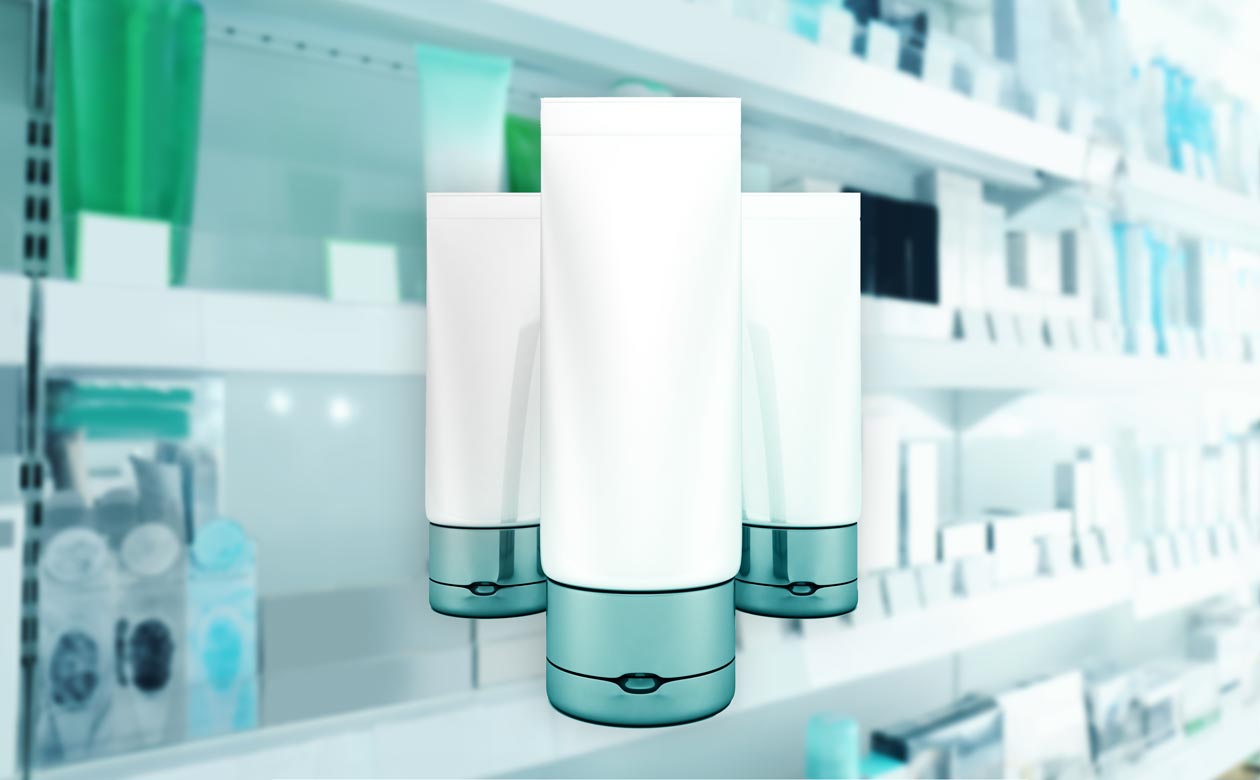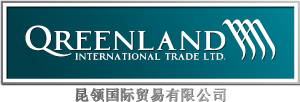OEM & VAR
companies require a tight cooperation

OEM stands for Original Equipment Manufacturing, a company whose goods are purchased by a retail company. That retailer then sells the end product to consumers. That means, the retail company which purchased those items from the manufacturer (OEM company) adds values to the product itself in various ways including services and intangible values, and is called Value Added Reseller (VAR). Hence, the retail company becomes a value added reseller. This particular sourcing process requires a tight business relationship between manufacturer (OEM company) and Value Added Reseller (VAR company) referring customization and specifications based on the needs of VAR companies.
OEM company sells components to VAR company
vs. VAR acquires products from OEM
To illustrate this sourcing process, we think of a VAR company (retailer) that sells supplements. The VAR company has different product lines such as protein powder, BCAA pills, omega 3 acid pills, liquid amino acids, and other sports nutrition. To offer a broad and deep range of products to customers the VAR company sources supplements from different suppliers (OEM manufacturer) because different product lines require different manufacturing specifications. One OEM company is specialized in manufacturing different kinds of protein powders such as whey, casein, soy protein. The VAR company and OEM company work closely together to produce a supplement tailored to the VAR’s needs. Both parties agree on a quotation where the OEM company produces whey protein of different flavors such as strawberry, chocolate, vanilla on behalf of the VAR company. The VAR company requires packaging that is tailored to its corporate design in order to conduct marketing effective aspects like building brand reputation, obtaining trust and differentiation. This process can be called labeling which is an essential tool to attract the attention of potential customers and also obtaining a higher mark-up. The packaging and branding can be provided by the OEM company (manufacturer) but the VAR company (retailer) could contract a third party as well. This example shows that the VAR company does not launch a totally new protein powder, but it adds values to the raw product like services, intangible values, policies, promises, brand culture … that transforms the raw material to a customized whey protein powder. Of course there are also features like asking the OEM company to change or transform the recipe so that the raw material is unique indeed. That example shows that there are two definitions of OEM. One is focusing on a VAR company that buys products and incorporates or rebrands them into a new product under its own name while the other definition of OEM says that a VAR company purchases different components and assembles them to a new product.
OEM & Partnerships
OEM shifted tremendously so that it can be used as adjective and verb, describing a common practice. There is an evolution of OEM in the computer hardware industry. For instance Dell as VAR company uses branded parts from other sources in their own products. As consequence Dell rebrands and openly uses other manufacturers’ products for resale. Hence, Dell is responsible for warranties, customer support and other services and OEM experiences a subtle shift in the manufacturing dynamics. Instead of using chips from anonymous manufacturers, Dell transformed OEM attributes openly by purchasing Intel computer processors. Dell even advertises that Intel processors are key components of its computers, since Intel is a brand name and brings added value to Dell. „Intel Inside“ is a prominent advertising slogan and further points at the equality of both companies. That means, Dell and Intel are equal partners that offer processors and computer design to the consumer but makes Dell to an OEM company.
OEMs transform to VARs
To summarize it, VAR and OEM companies work together where OEMs make sub-assembly parts to sell to VARs. There also OEMs who make complete items for VARs in order to market them and don’t play much of direct role in determining the finished product. When there is a manufacturer that produces buttons for jackets and a common brand buys those buttons and further let’s the OEM brand the buttons with the buyer’s logo, the jacket is seen as the brand’s finished product. There is a shift of OEMs. Traditionally, OEMs operate B2B, while VARs market their products to the public and the consumer. Nowadays OEMs are enabled to sell their products directly to consumer, operate B2C. That makes them to a VAR.
OEM vs. Aftermarket
OEM is defined as a company that produces something specifically for the original product. Aftermarket is the opposite, and refers to a product made by another company that a consumer uses as replacement. For example, say a consumer needs to replace the Intel processor of its computer. He may buy an OEM component that is a duplicate of the original Intel processor that was used in the original manufacturing of the computer. Or he decides to buy an aftermarket product which is produced by another company. So if the processor comes from Intel, it is an OEM; otherwise it is aftermarket. Aftermarket products are also know as generics. Consumers buy generics because they are cheaper than the original product. Of course not everybody trusts generics (aftermarkets), and sticks to OEMs, even insists on paying more.

